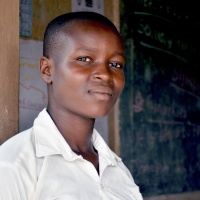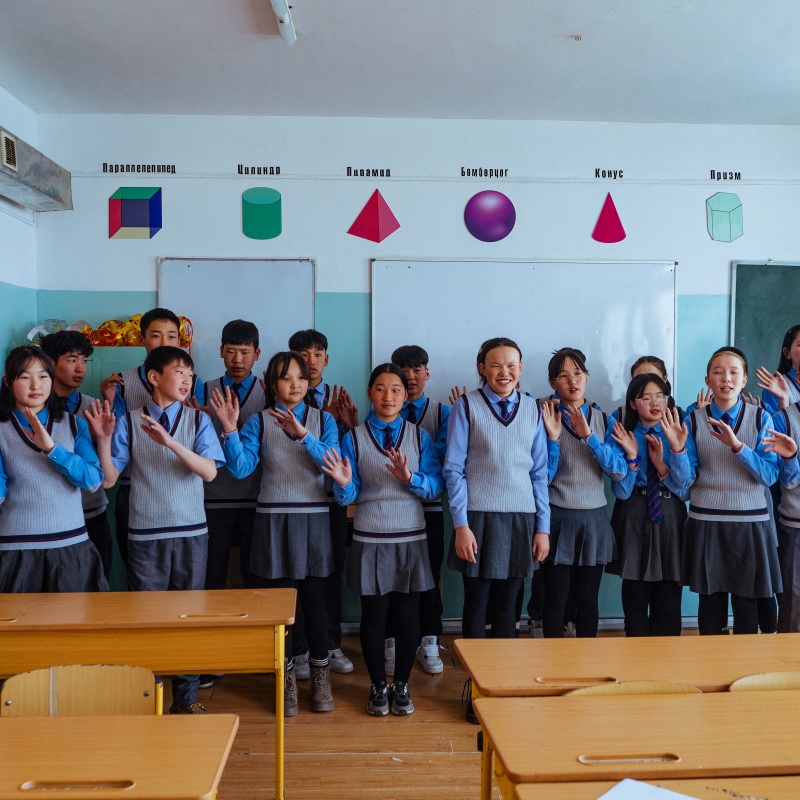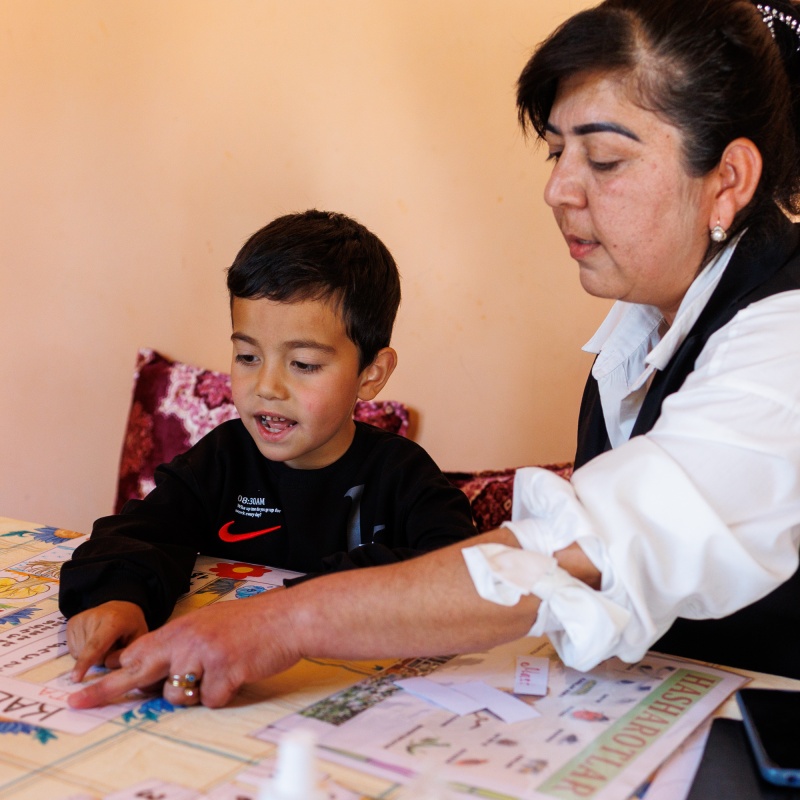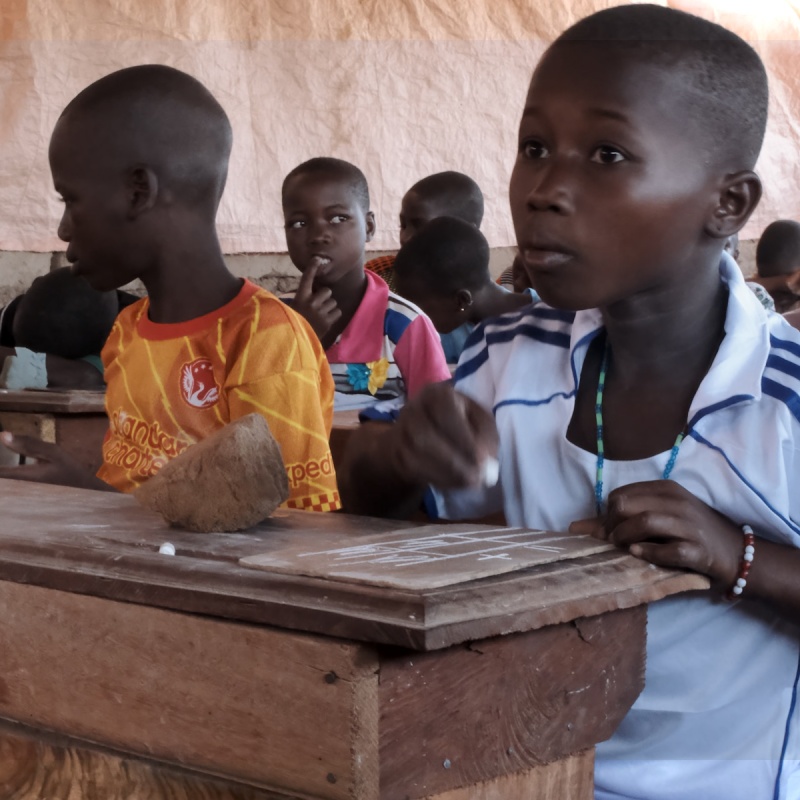South Sudan: Securing a brighter future for children affected by conflict
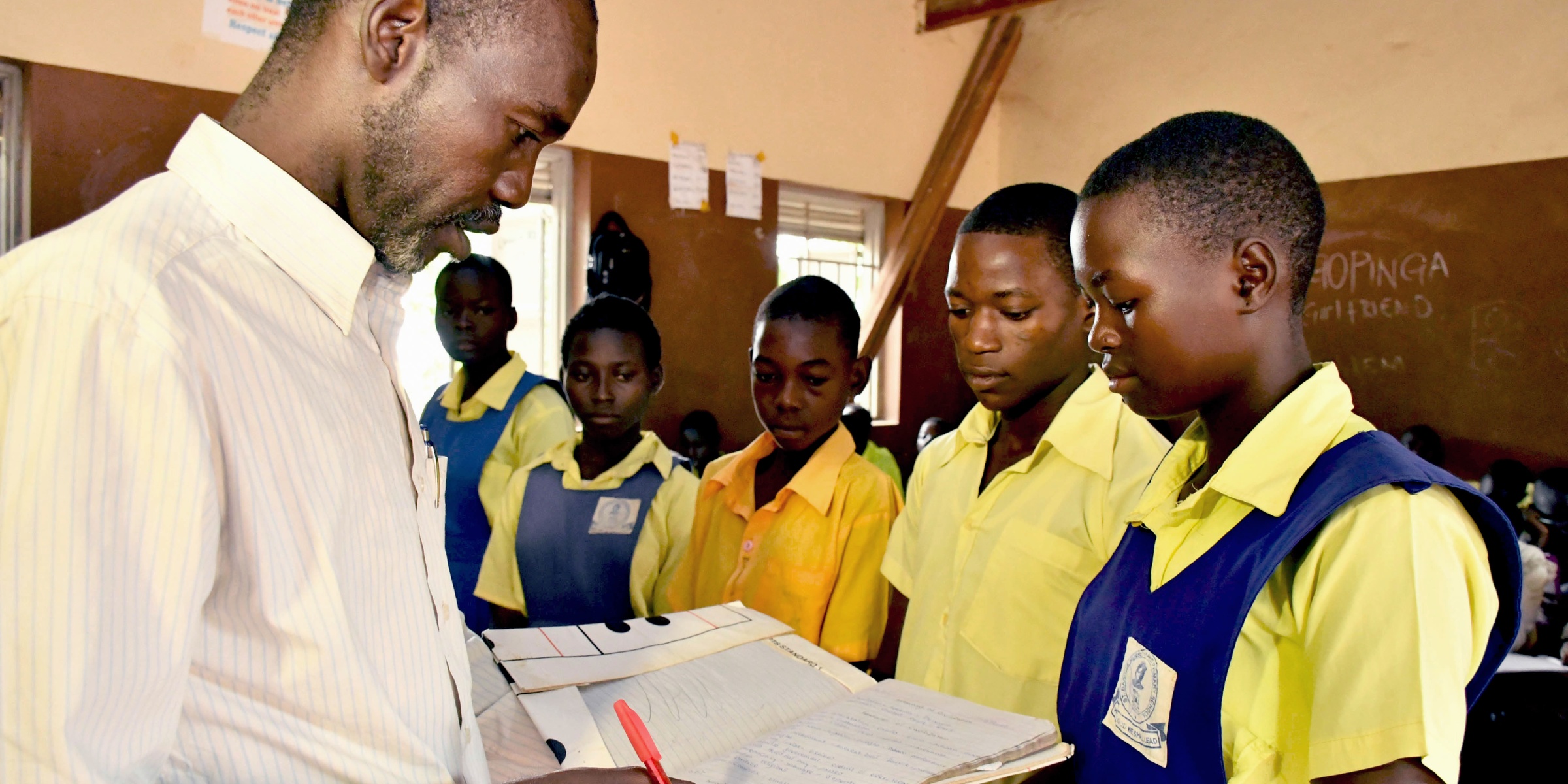
Story highlights
- South Sudan’s protracted conflict has taken a heavy toll on the education system.
- The country has one of the world’s highest proportions of out-of-school children, with about 3 in 5 children outside of the classroom.
- GPE, UNICEF and education partners are helping the government of South Sudan implement interventions to reduce the number of out-of-school children by 15%.

This story was written in collaboration with UNICEF South Sudan.
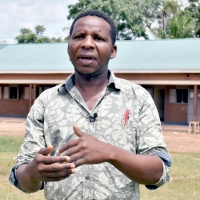
In 2011, South Sudan became the world’s newest nation when it gained independence from Sudan after years of conflict.
There was hope that the country would be free of the regional violence that flared up periodically. However, in 2013 and 2016, conflict erupted again, killing thousands of people and displacing millions. Development gains were reversed and the humanitarian situation worsened.
A peace agreement was reached in 2018 and the subsequent formation of the government in 2020 contributed to recovery efforts. However, ongoing incidents of sub-national violence, unprecedented climate shocks including flooding, and school closures triggered by the COVID-19 pandemic threaten to reverse these gains and constrain an already struggling education system.
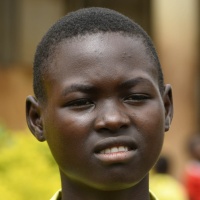
Millions of children are out of school
In South Sudan, there are an estimated 4.75 million school-aged children – including 472,452 internally displaced children. The country has one of the world’s highest proportions of out-of-school children, as about 3 in 5 children have never set foot in a classroom or have dropped out. To compound this, pandemic-related school closures forced 2.8 million learners to stay at home.
Girls represent the largest group of out-of-school children and face high barriers to get an education due to long distance to school, poor sanitary conditions, lack of security and poverty. Girls are less likely than boys to enter school, more likely to drop out once enrolled and are at risk of suffering from gender-based violence, forced marriage and exploitation.

Laying the foundation for quality education
Going to school provides South Sudanese children with an essential sense of normalcy in the context of the violence, displacement and poverty that they have endured.
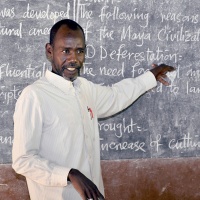
The first major GPE grant of US$36 million for 2013-2018 (GPE I) was implemented during a complex period of armed conflict. While most donors shifted priorities and moved to humanitarian funding, GPE continued to support development activities aligned to the national education sector plan, providing some degree of predictability for the Ministry of General Education and Instruction (MOGEI) in a time of uncertainty.
GPE I supported the development of a gender-responsive national curriculum for all subjects from early learning to secondary education, a landmark achievement for the country’s education sector.
The GPE program also helped with the distribution of learning materials along with providing teacher training. Twenty-five primary schools— capable of accommodating 10,000 students—were constructed and a girls’ education strategy was designed to improve gender equality.
Between 2011 and 2018, the percentage of school-aged children out of school declined slightly from 64% to 60%.
These efforts helped improve education quality in the country.
GPE promotes an inclusive process
The current GPE grant of $41.7 million (GPE II) aims to reduce the number of out-of-school children by 15%, thus increasing access to quality education.
GPE II was developed through an inclusive consultative process led by MOGEI, involving the Ministry of Finance and Economic Planning, donors, development partners and civil society organizations. This helped build a common vision for the program, based on the General Education Strategic Plan 2017-2022.
Reducing the number of out-of-school children
Despite the unprecedented emergency created by COVID-19, which delayed program implementation, several interventions have already been completed.
GPE supported a mapping exercise to identify locations with the highest concentration of out-of-school children and profiled their learning levels and educational needs.
The mapping exercise was crucial as it produced the most recent and comprehensive data on out-of-school children disaggregated by gender.
It is expected that the data will be used to direct interventions to reach the most vulnerable out-of-school children.
Once the mapping exercise was completed, GPE, working with UNICEF and the Ministry of General Education and Instruction, supported the rollout of advocacy and enrollment campaigns targeting out-of-school children, parents and communities.
To support this effort, 2,000 head teachers and school management committees have received guidelines on how to engage with parents, community leaders and children, and record the enrollment of out-of-school children.
In certain locations, school conditions are extremely precarious: lessons happen under trees, or in buildings destroyed due to conflict or weather. Some schools have grass-thatched roofs with no walls, fully exposed to the elements. Many schools are congested, accommodating more than 70 students per classroom.
Since 2013, more than 150 schools have been used for military purposes and a third of all schools had suffered some form of attack.
To overcome this challenge, the GPE support also focuses on constructing, rehabilitating and expanding 2,000 classrooms for early learning, primary, upper primary, alternative education systems and community education centers.
School construction happens in partnership with local communities, who contribute labor and local materials.
The expansion of learning spaces is coordinated with programs funded by other donors, including Education Cannot Wait and the African Development Bank, to ensure efforts are complementary.
New textbooks and teacher training
To improve the quality of education, the GPE program has funded the printing and distribution of 462,700 teacher guides and more than 4.9 million textbooks, which benefited more than 2.3 million students.
The provision of textbooks and teacher guides marked the first opportunity for children and teachers to access much needed instructional materials—a major step towards implementation of the new national curriculum.
Over 31,000 teachers will be trained on the use of the new textbooks, and over 18,100 teachers have been trained thus far.

The conflict in South Sudan has taken a toll on the education system, while violence and climate-related shocks continue to hinder access to quality education.
South Sudan has been a GPE partner since 2011 and GPE will continue to accompany the country on its journey to system transformation to ensure that all children can exercise their right to quality education.
